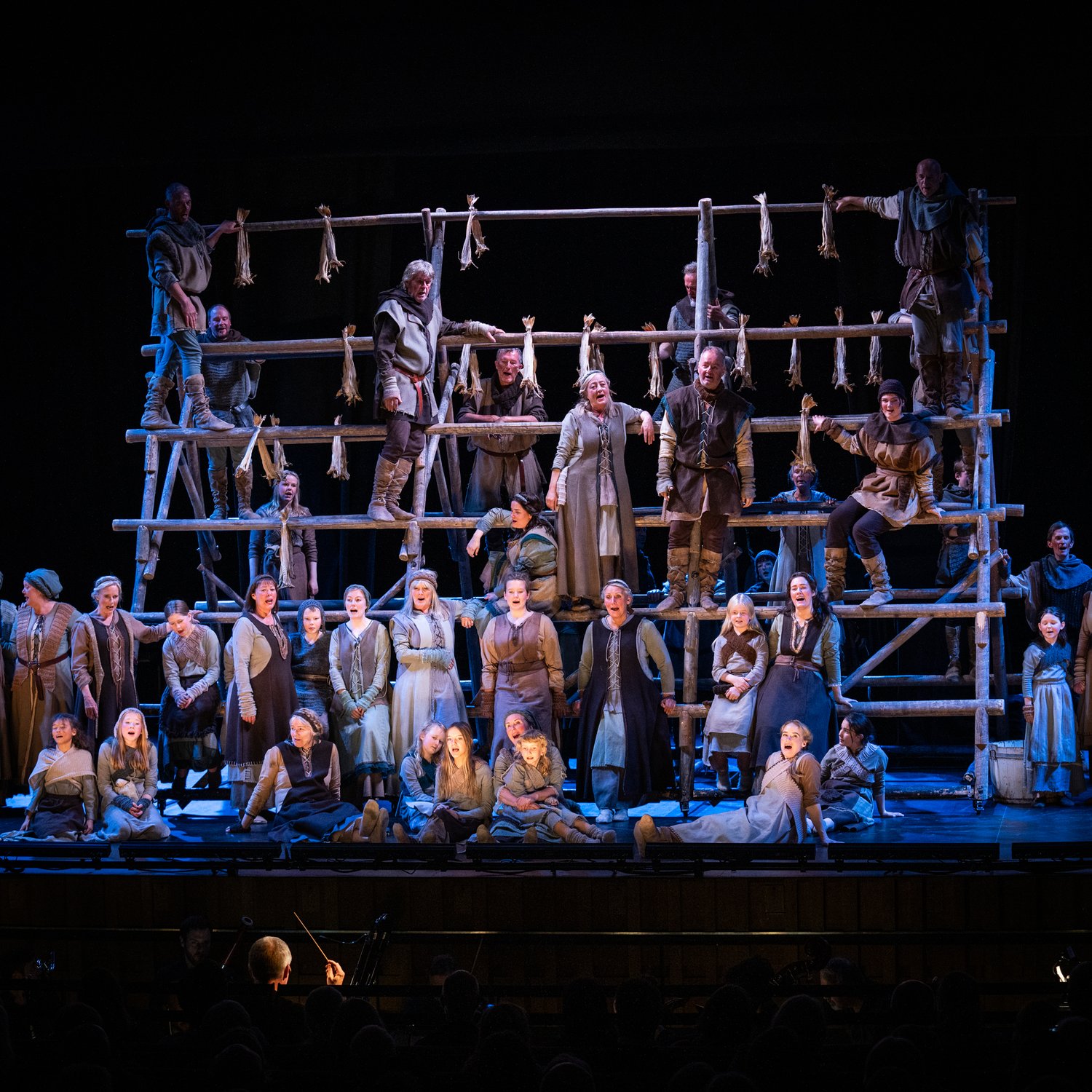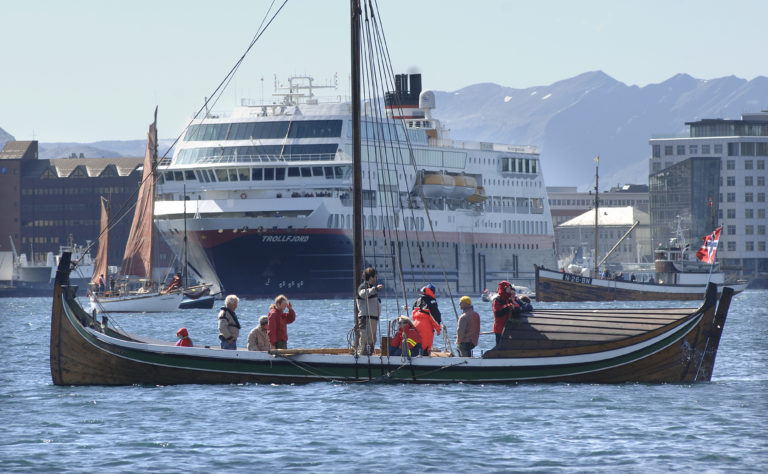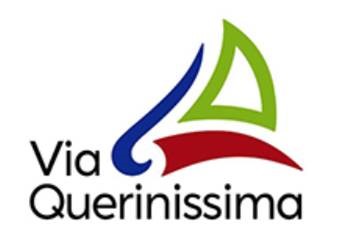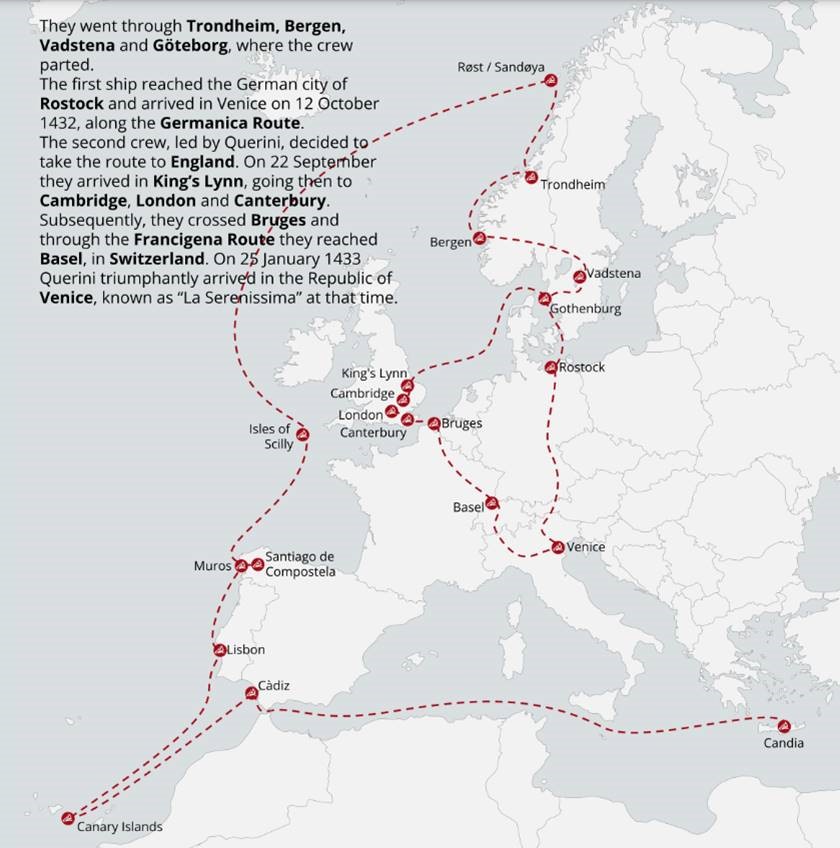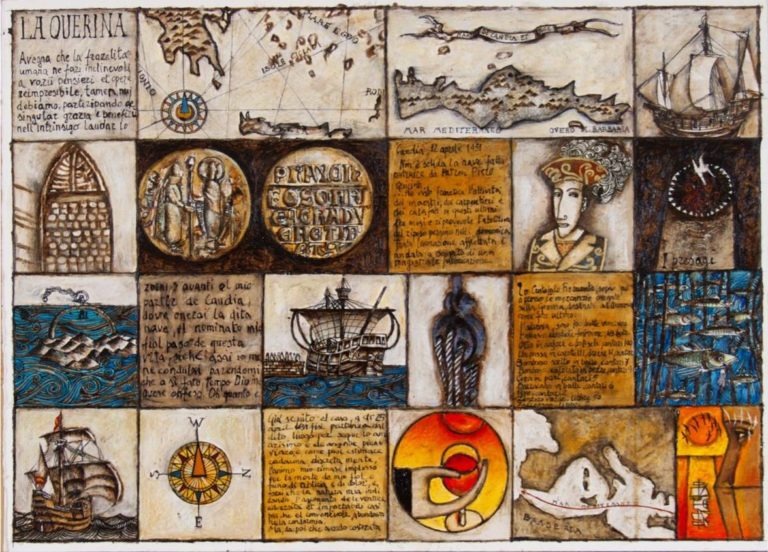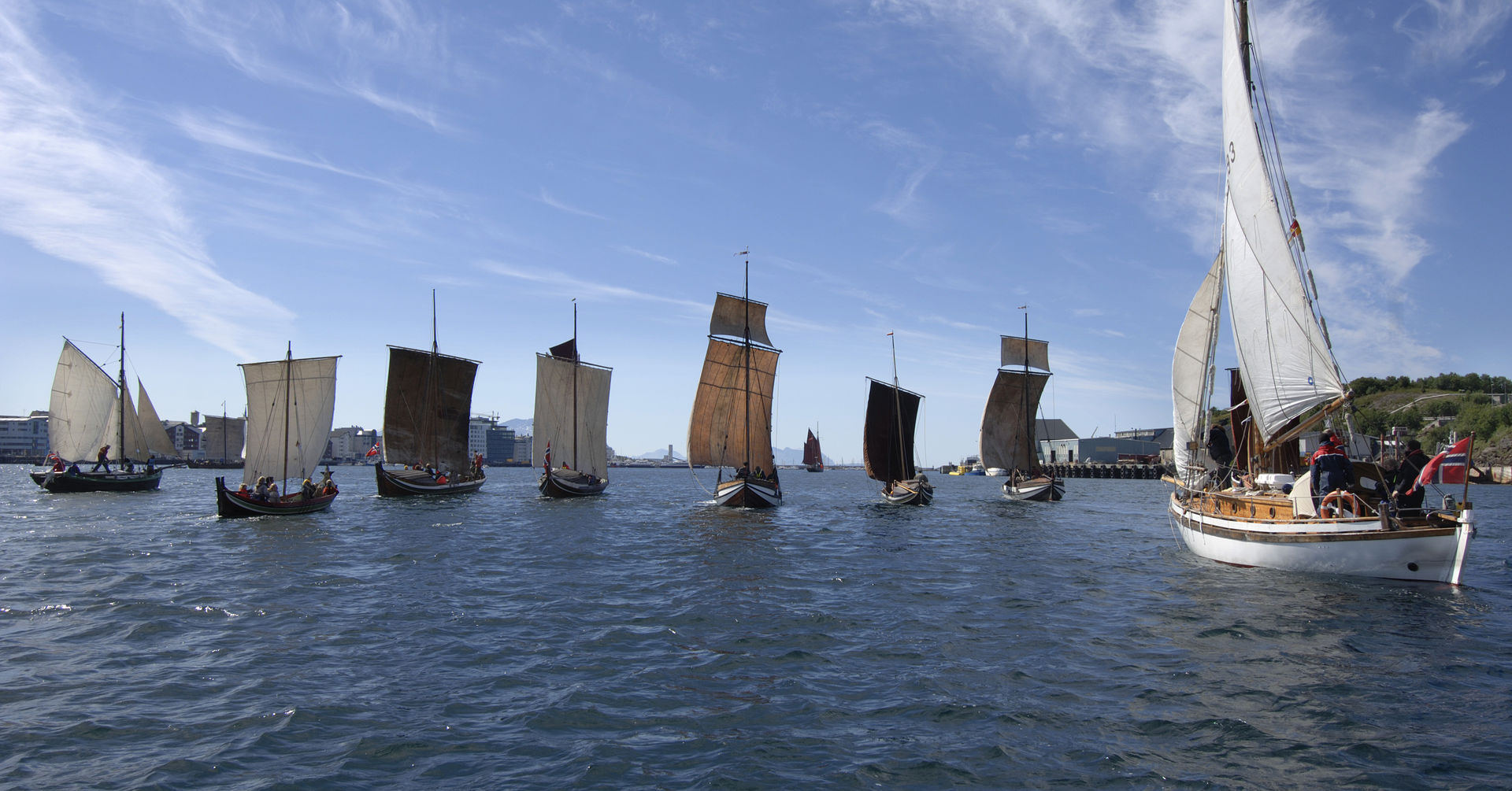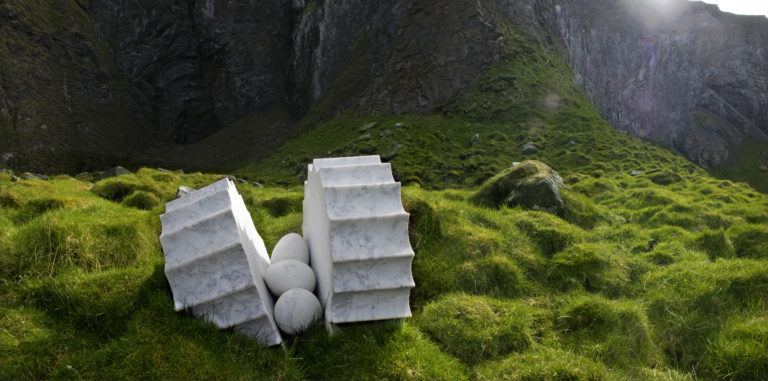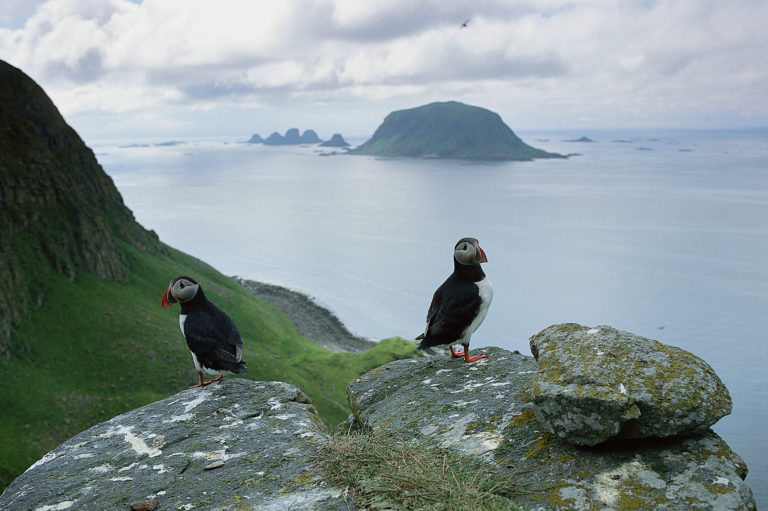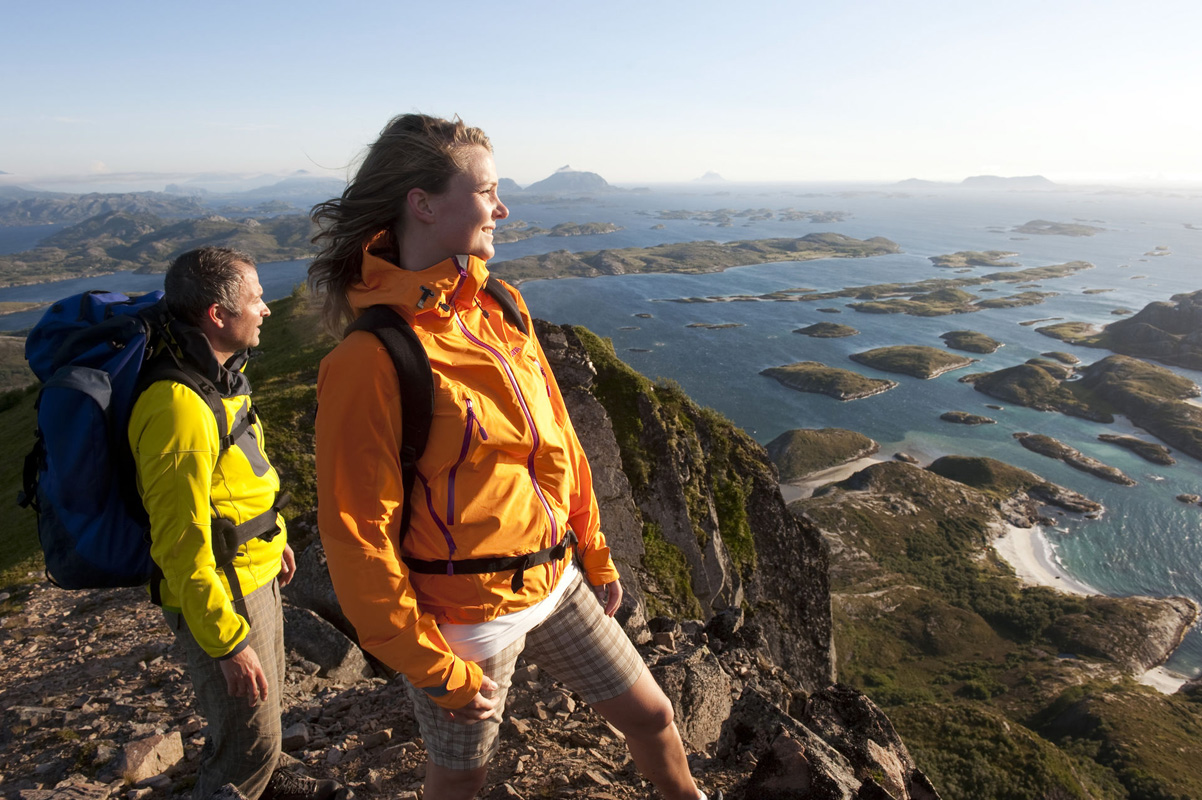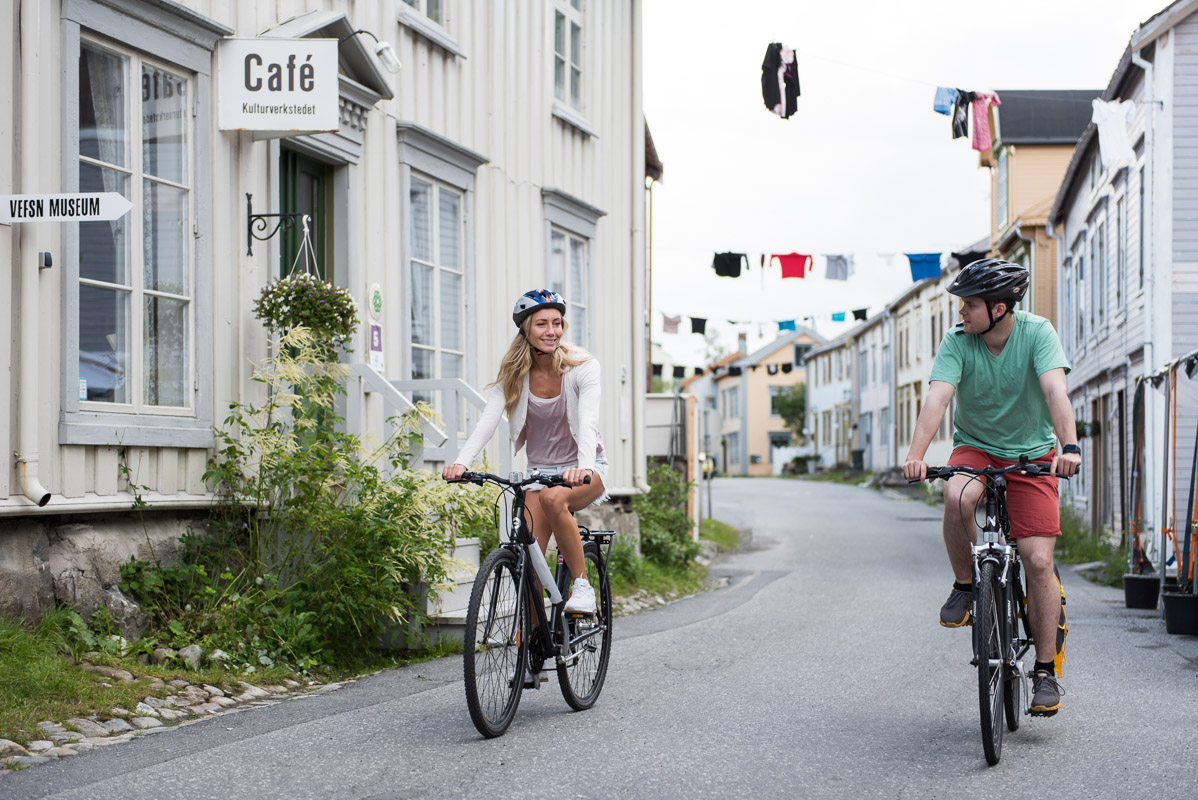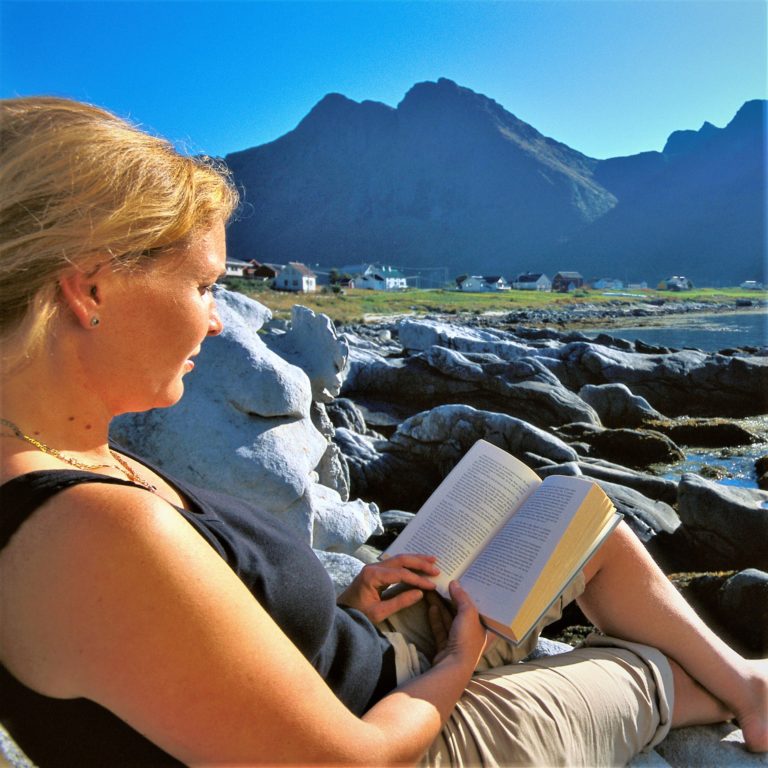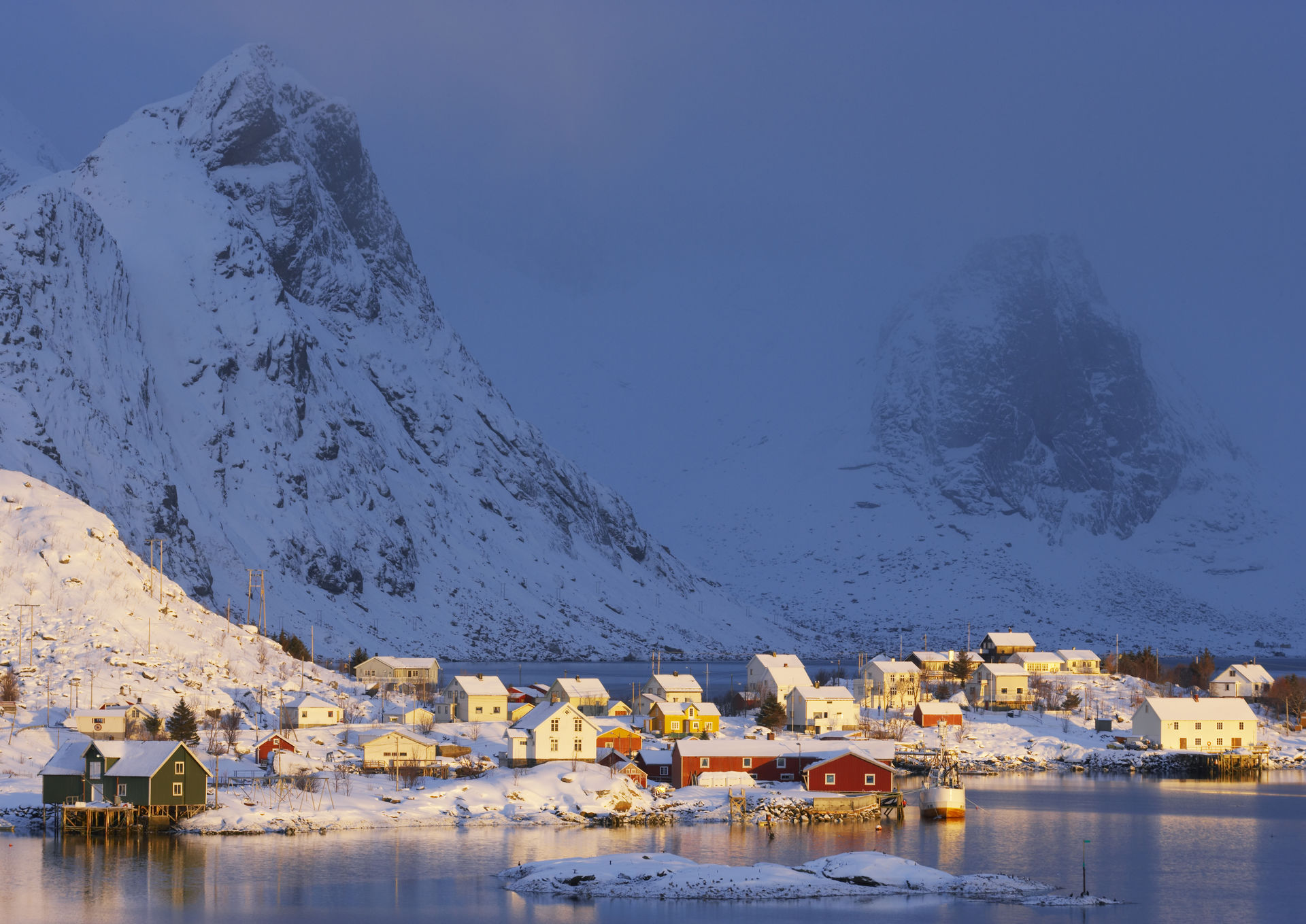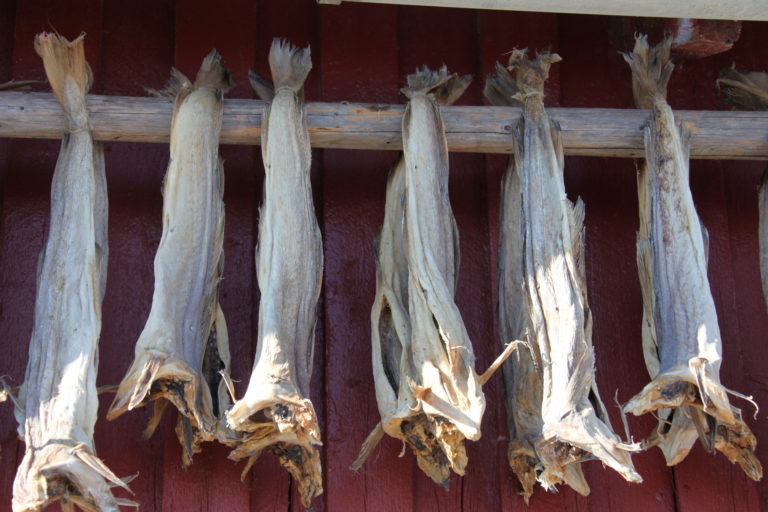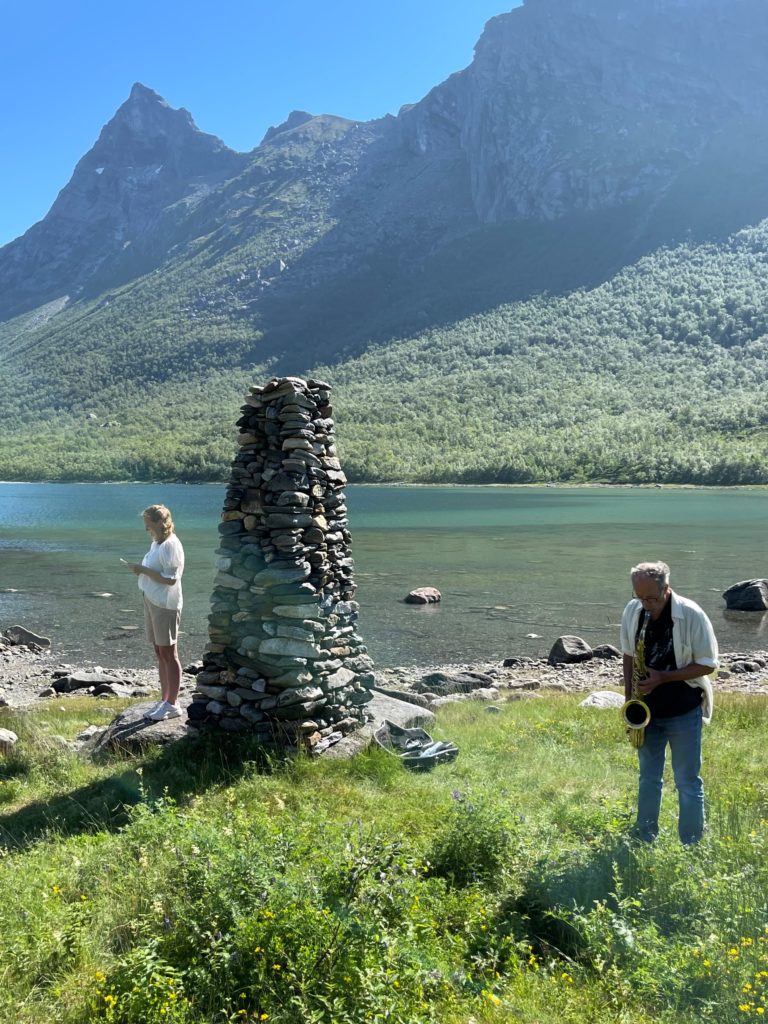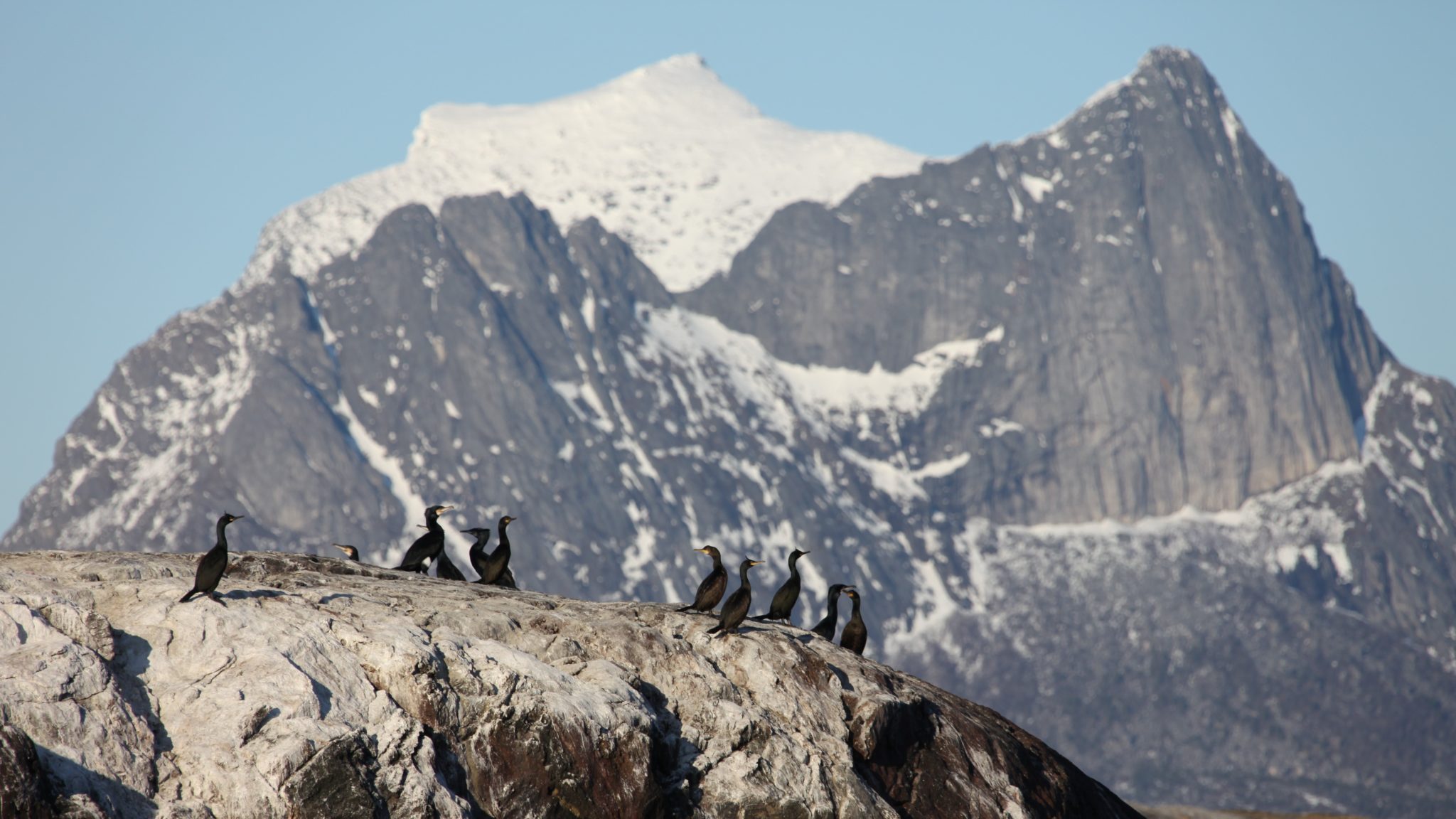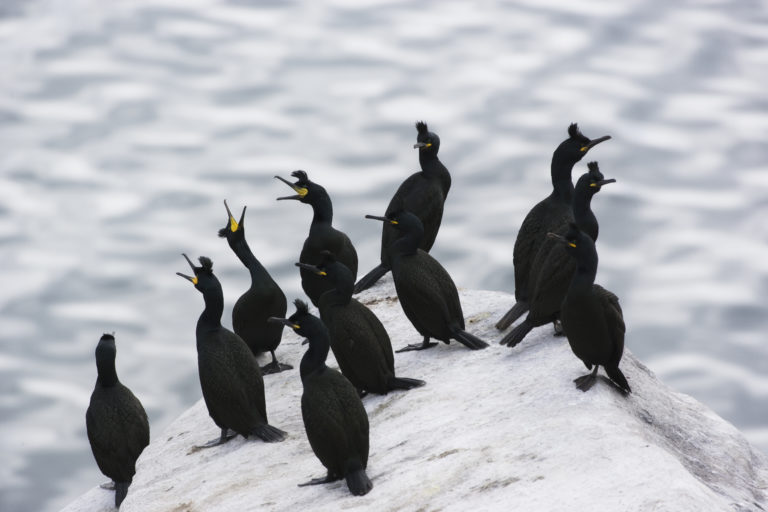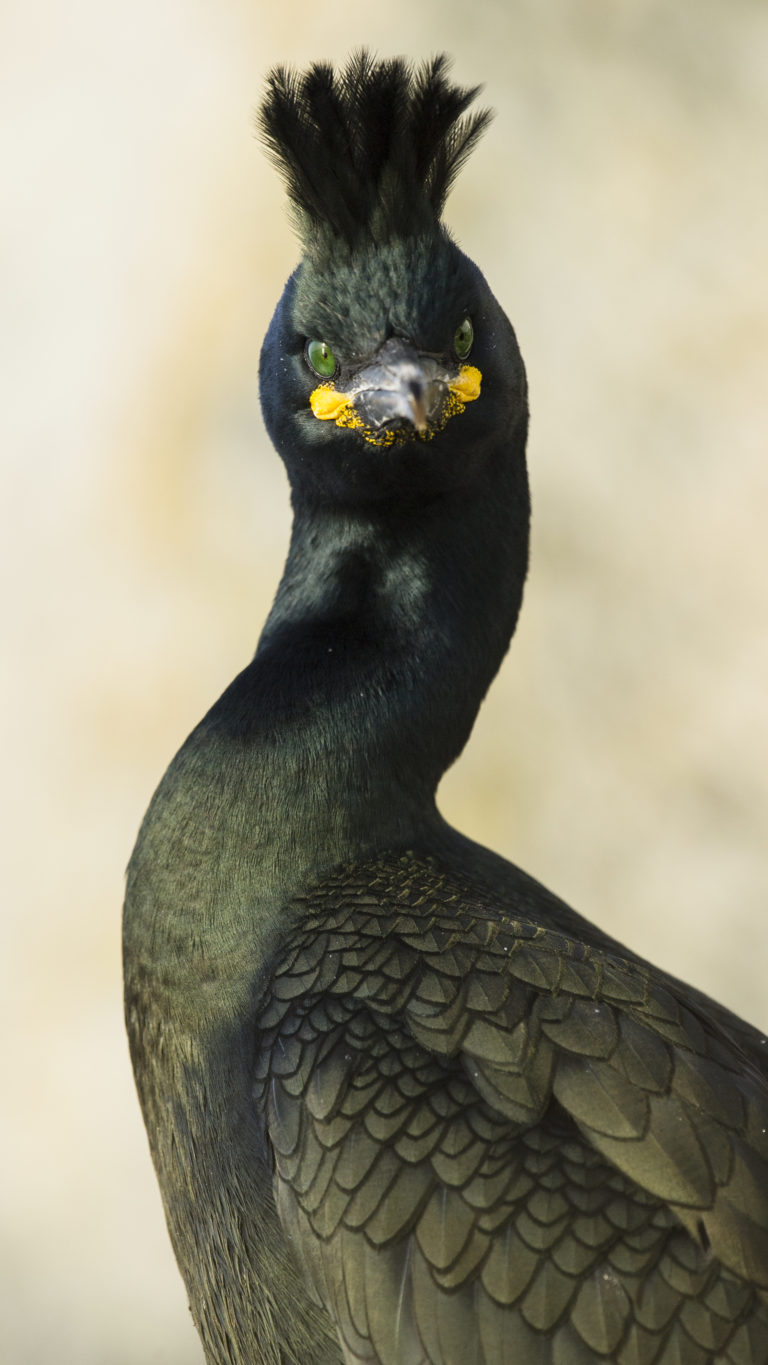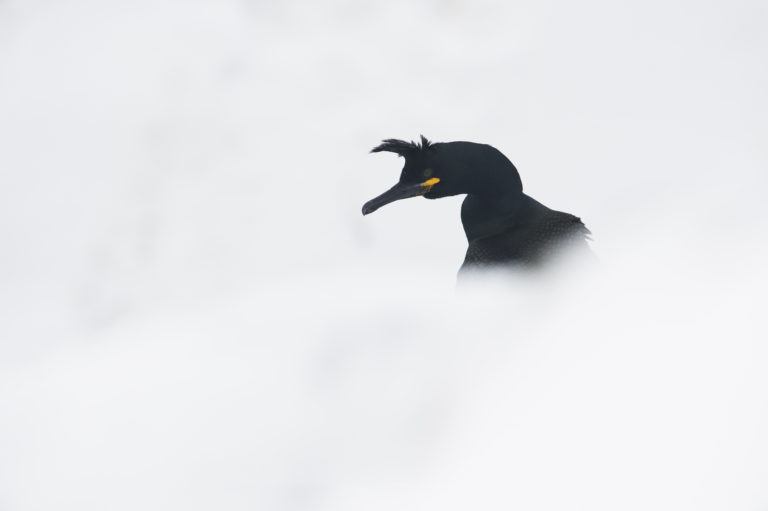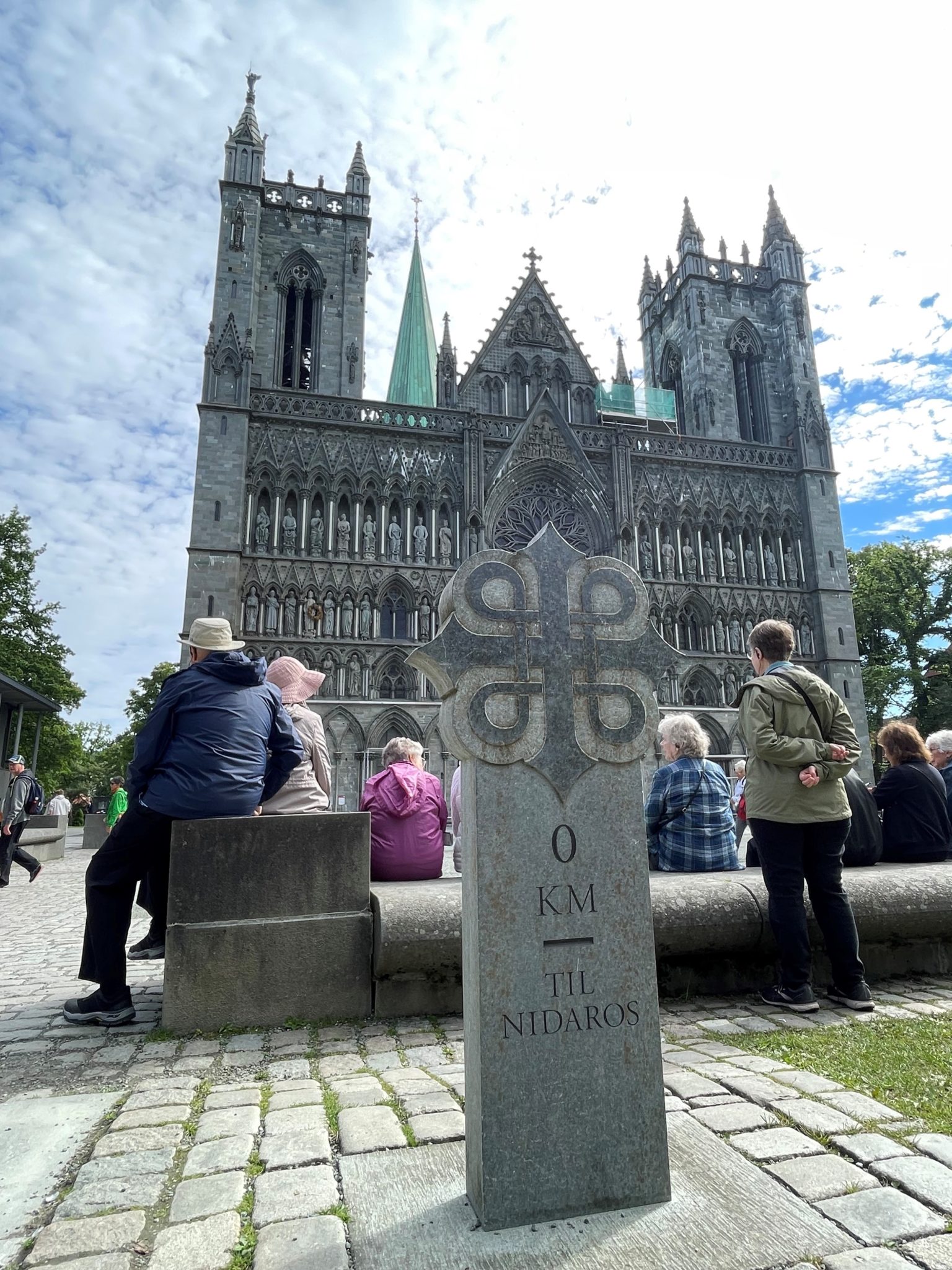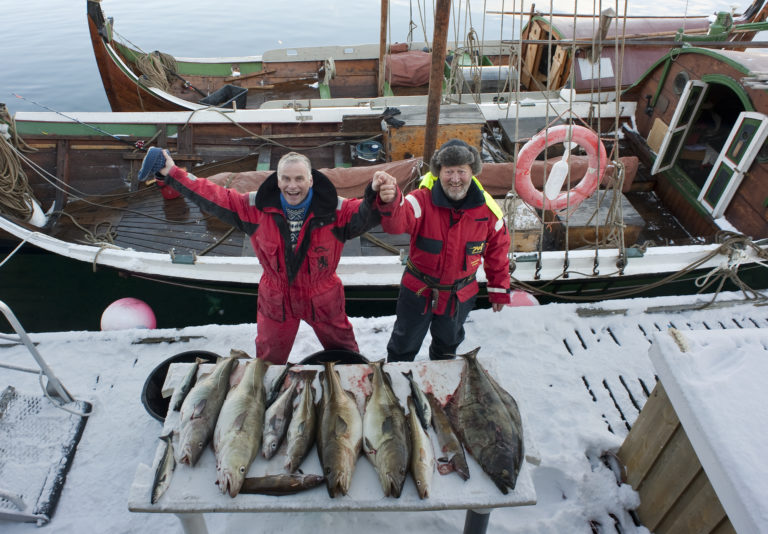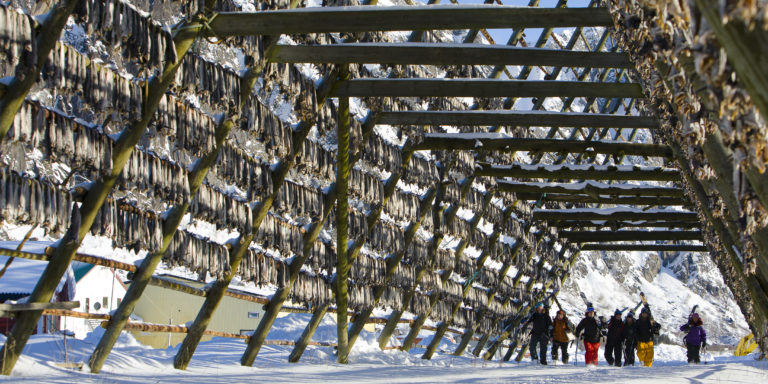Via Querinissima is about creating a modern European cultural route based on the story of Pietro Querini. This route is about the merchant from Venice, who drifted ashore outside Røst in 1432, and what you may experience in his wake.
Pietro Querini, a Venetian patrician and merchant, left the moorings of Candia on 25 April 1431, with his Cocca “Querina” and 68 men on board, a cargo of 800 barrels of Malvasia and other valuable merchandise, with the goal of reaching Flanders. However, after a fortunate and dramatic shipwreck, Querini and his crew set off on what would be an impressive voyage which would lead them to the Lofoten Archipelago, well beyond the Arctic Circle.
Pietro Querini – an ancient epic that speaks to contemporary Europe
A cultural route on the steps of the adventurous undertaken by Querini between 25th April 1431 and 25th January 1433. Today, it remains a journey of discoveries across different regions, cultures, traditions and common values. From his times to nowadays the values of hospitality, solidarity, sharing and exchanging knowledge have been the main fil rouge of Via Querinissima. It is both a rich tangible and intangible heritage. An extraordinary combination of cities and territories, characterized by a long history, intact nature, cultural and gastronomic traditions; a sustainable journey between land, sea, and sky.
The Querini story; the short version
After leaving Crete, their first stop was Candiz, where they had a rudder accident which forced them to stop for repairs, so they could take off again only on 14 July. Their headwinds pushed them towards Canary Islands, Lisbon and Muros, where they stopped a few days til make a pilgrimage to Santiago de Compostela. Despite Querini’s perseverance, the ship continued to be hindered by storms, pushing it to the Isles of Scilly in Ireland, where a part of the crew decided to abandon the ship. 47 sailors continued their voyage with Querini, and the other 21 embarked on a small boat that soon sank.
Querini’s crew managed to reach the Lofoten Islands, but a shipwreck was inevitable by then. Pietro and a few other mates got to Sandøya Islet, where they were rescued by a fisherman and his sons and brought to Røst. In this Norwegian island they were hosted by the local community, which learned the shipwrecked crew its traditions and exchanged its knowledge and heritage. Querini and his mates came back home crossing Northern Europe. See the impressive map about his voyage above.
Røst is Norway’s outermost island
At the outermost edge of Lofoten, 100 km from the mainland, is a flat island with a tiny population, surrounded by craggy islands and almost a million seabirds. Winter is hectic, fishing for cod and drying it for the Italian market. Today, Røst is a place for locals and visitors to relax under the Midnight Sun during the light summer time. Racks for drying cod cover large parts of Røstlandet island. The Lofoten fishery starts as early as January, when the Northeast Arctic cod (Gadus morhua) swims down from the Barents Sea to spawn. Activity from then until April is hectic, with fishing, unloading and hanging.
After drying, the dry fish is sorted into around 20 different qualities. The dried fish can be eaten as a snack, but to really bring out the good taste, it must be soaked. If you want to learn more about the process, you can join a tour of the dried fish loft at Røst. During Querinifest there are many events with dried fish as a theme. At Røst you will meet the story of Querini mixed into the the local’s daily life, and even into several local names, like Querini Pub & Restaurant and the large sport arena Querinihallen. Find your accommodation, local food and things to experience at visitrost.no (in norwegian).
Via Querinissima Days in Bodø
In celebration of Bodø 2024, European Capital of Culture, Nordland County and the International Association Via Querinissima are delighted to invite you to the Via Querinissima Days in Bodø, from July 18th to 20th, 2024. Join us for three days of meetings and events in honor of Pietro Querini amidst the spectacular Arctic surroundings.
Twinned with this event, the annual Norwegian Coastal Gathering will this year currently take place in Bodø harbor, where hundreds of traditional boats from Norway and Europe at these days. You will also have the opportunity to enjoy the enchanting nature of Nordland with the famous Midnight Sun. Moreover you can explore exhibitions and cultural and musical events in the Bodø 2024 program, the first European Capital of Culture north of the Arctic Circle!
Travel like the locals
Refreshing, enlightening and recharging
Nordland is often called the “World’s most beautiful coastline”, where Bodø is the hub for the most refreshing experiences, including Røst and the Lofoten islands. Explore the spectacular nature and vibrant culture around the Arctic Circle. Let’s roll out some reasons-to-go along the Nordland coastline right away; Spectacular views, vibrant fishing villages, white beaches, steep mountains, deep fjords and fishing experiences, deep sea rafting, sea cabin holiday, city breaks, art galleries, island hopping, sea kayaking, bicycling, hiking and trekking trails, seabird and whale safari. Read more about all the places to visit and things to do in the regions of Lofoten, Helgeland, Bodø/Salten, Narvik/Ofoten and Vesterålen.
Stockfish – tørrfisk – stoccafisso – bacalà
Italians showed their love for dried fish already in the Middle Ages. Most of the dried fish from Norway is still sent to Italy, approximately 2,400 tonnes are exported each year. Learn more at the Lofoten Stockfish Museum. The most important regions are Veneto, Liguria, Campania, Calabria and Sicily, where there are many different traditional dishes with dried fish as the main ingredient. In 2017, the dried fish dish Bacalà alla Vicentina received its own stamp in Italy. In Veneto, the dried fish dish Bacalà alla Vicentina is particularly popular. The recipe is reminiscent of Querini’s descriptions of how the dried fish was cooked in milk!
Star chef Lorenzo Cogo from Vicenza has visited Røst, and this is described in a documentary film. Here Lorenzo shows how to make Bacalà alla Vicentina.
In the small town of Sandrigo, which in 2002 officially became the friendly municipality of Røst, the festival Festa del Bacalà is organized every year in September. Dry fish is served here with polenta, and the whole town celebrates the dry fish with bream and bream for several days. People who have made a special effort for dry fish are admitted to the guild La Venerabile Confraternita del Bacalà alla Vicentina or knighted with a real king cod from Røst. In Sandrigo there is Piazzaetta Røst and on Røst there is Isola di Sandrigo.
The Querini Opera, and the dream about Venice
The Querini Opera is a performance that takes the audience on a journey through the story of Pietro Querini. The performance takes place in spectacular historical premises at Røst and in Venice, where the premises themselves form a large part of the scenographic expression, which creates a unique experience. With drama, love, longing and longing, the Querini opera tells a moving story about the encounter between two completely different cultures.
“This must be the most moving work of music theatre ever to be written about dried fish”
Financial Times 2014
The music is composed by Henning Sommerro and the libretto is written by Ragnar Olsen. The music moves between classical opera, Gregorian chant, Norwegian folk music and contemporary music. In the performance, the audience will experience singing in several languages:
The Italian roles are performed in Italian, the people from Lofoten sing in their own dialect and the main character in the performance, Skarven (the great cormorant / common shag) is a mythical seabird and sings in English. Through this move, the experience of having to understand each other without using the word itself is reinforced.
When Bodø, the capital of the Nordland region also became European Capital of Culture in 2024, it was time to realize the dream of taking the Querini Opera to Venice! And the dream came true in Venice 27 – 29 October 2023! The story of the Arctic people is to be communicated to an international audience and here you can read all about this spectacular event which took place in the historic Arsenale Nord premises. Read more about the Querini Opera.
The dried fish that financed the Nidaros Cathedral
The stock fish; dried cod export laid the economic foundation for Norway to become a separate country. It may have begun as early as 570 to 800 AD. The Pope in Rome contributed to Norwegian fish gaining a huge market. The church decided that one should not eat meat during Lent. At most, Lent covered a third of the year. This gave us enormous opportunities for Norway in markets such as Italy, Germany, Spain and Portugal. Eventually, in the 16th century, the Jekt trade took over as the most important means of transport south to the markets, via Kjerringøy, Trondheim and Bergen.
“The most important nation-builder was actually the cod fishing in the north”
Author Frank A. Jenssen says that without cod there would have been no Vikings either. Their weapons were not only swords, spears and bows, but also the skreen that the people along the coast had learned to dry in the absence of salt, absolutely essential as a trade item and ship’s provisions. In the 12th century, King Øystein built rorbu cabins at the state’s expense. The idea was that the fishermen would get better working conditions, so that they would contribute to increased taxes for the state and the church. These revenues financed the bureaucracy, the Royal house and churches such as the Nidaros Cathedral.
Learn more about this cultural route
Via Querinissima is an non-profit association and a modern cultural route, which aims at following Querini’s itinerary by sea and and by land, enhancing the values of solidarity and hospitality, as well as promoting slow and cultural tourism. Read more at viaquerinissima.net.
The Norwegian partner is Nordland County Municipality (Nordland fylkeskommune). Read more about their goals and perspectives on this European collaboration at En reise i tid og rom (in Norwegian).
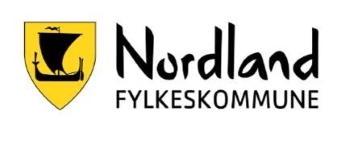
“This is the start of building a European cohesion, related to tourism, culture and food experiences. The cultural heritage route opens up for joint development, by using our common history, both in a new and modern form. It will hopefully create a desire to travel with a background in our shared history and food traditions.”
Christian Torset, County Council for Culture, Climate and Environment

Practical visitors information
Francesco Negri had been travelling for three years when he arrived at North Cape in 1664. You can make the journey in just three hours from most places in Europe. Bodø airport has direct flight connections with Oslo, Trondheim and Bergen every day, and directly from Helsinki in the summer. Evenes airport has direct flights from Oslo several days a week, and from several seasonal flights from abroad. Read more about how to Fly to Northern Norway.
The Nordland Railway, Nordlandsbanen, is the northern end of the Norwegian rail network. You can take a train from Oslo to Trondheim, then change for the Nordland Railway through Mosjøen, Mo i Rana and Fauske to Bodø. They offer both night trains with sleepers as well as day trains. Book trains at the Norwegian National Railways‘ or SJ Nords‘ homepage.
Many visitors take the ferry from Bodø on the mainland to Moskenes on the outer end of the chain, as well as to the outlying communities of Værøy and Røst. You can actually drive to Lofoten, you just follow the E10 from Narvik all the way past Svolvær out to Å. The catamaran line Nordlandsekspressen sails from Bodø to Skrova and Svolvær. Read more and find your ticket at Reis Nordland.
The Coastal Voyage (Hurtigruten and Havila Kystruten) sails every day from Bodø at 3pm, crossing to Stamsund in about 4 hours before continuing to Svolvær, sailing along the Lofoten islands. Finally, you can take the little, green planes of the airline Widerøe from Bodø to Svolvær, Leknes and Røst. Read more at Fly with Widerøe.
You can visit Lofoten all year. See the top 10 experiences and best accommodation offers at Visit Lofoten.
